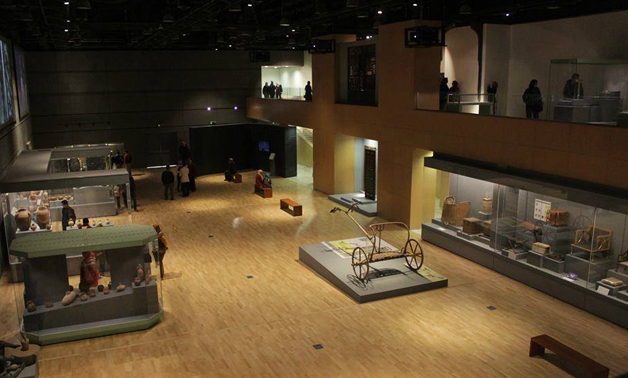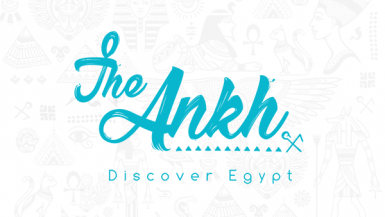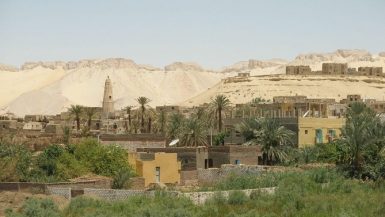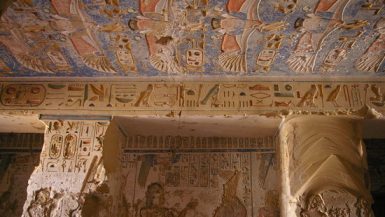The Egyptian Agriculture Museum features a variety of displays about farming practices in Egypt from ancient times to the present day. The Cotton Museum presents exhibits and information about Egypt’s most famous product.
Agriculture has played a major role in the Egyptian history and always affected the lives of Egyptians from the days of the pharaohs up to our modern time.
There is much truth in the famous saying: “Egypt is the gift of the Nile”. This is because the Nile is the major source of water used in agriculture in Egypt.
The Egyptian Agriculture Museum
Therefore, because of agriculture’s ancient and continuing importance to Egyptian life, during the 1930s the Egyptian government decided to build an agriculture museum (an exhibition on the mechanization of agriculture ).
The Egyptian Agriculture Museum was built during the period of King Farouk to mainly serve two purposes. These are to provide information agricultural and economic knowledge and to record the history of agriculture over a long period that extends form prehistoric to modern times.
The Egyptian Agriculture Museum is It may sound dull, but the Agricultural Museum, near the 6th of October Bridge, is quite fascinating and verges on the bizarre.
The palace of Princess Fatma
The displays tell you all you ever wanted to know about agriculture in Egypt, from Pharaonic times onwards, and range from Roman loaves and giant plastic fruits to glass cases packed with stuffed birds and a Pharaonic-era mummified bull from Memphis.
The easiest way to get here is to catch the metro to Doqqi station.
The palace of Princess Fatma, daughter of Khedive Ismail, was chosen to house the museum in November, 1930. The Ministry of Agriculture made a lot of changes in the palace to make it suitable as a museum.
The Egyptian Agriculture Museum was first opened on 16 January 1938 and was the first museum of this kind in the world.
Ancient Egyptian Agriculture
The Egyptian Agriculture Museum contains ten halls or what might be considered subsidiary museums. Some of them are open for visitors, while others are closed for maintenance, and still others are under construction or not ready to be opened yet.
One of the most interesting halls is the New Museum of Ancient Egyptian Agriculture and the Museum of Acquisitions. Unfortunately these halls are not opened yet.
In a nook in the wall, in a rather prominent part of the museum, the curator had placed a map of the Nile in Egypt, including also some of the desert oases.
Our guide explained the map, describing the evolution of hydrology on the Nile and in the various desert depressions, ending with the common refrain of the need for the country to encourage desert development in order to feed its exploding population.
He had written a book on Egypt’s agricultural methods through the ages, a copy of which he gave to Rick Tutwiler. He ended our tour with the same lecture about agricultural development.
The Egyptian Agriculture Museum Location
It is situated in the well known area of Dokki in Cairo, Egypt
Address : Sharia Wizaret al-Ziraa, Doqqi
Phone : (02) 337-2933 / 761-6785 / 761-6874
Opening Hours: The museum is open on Tuesday to Sunday, from 9am–2pm






Leave a reply